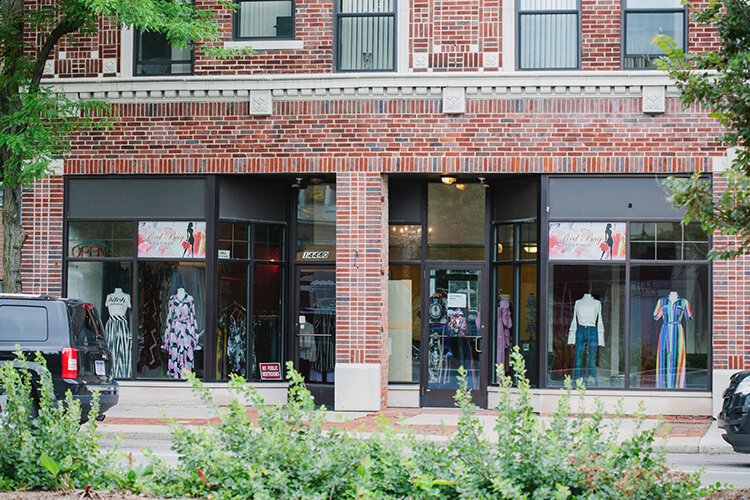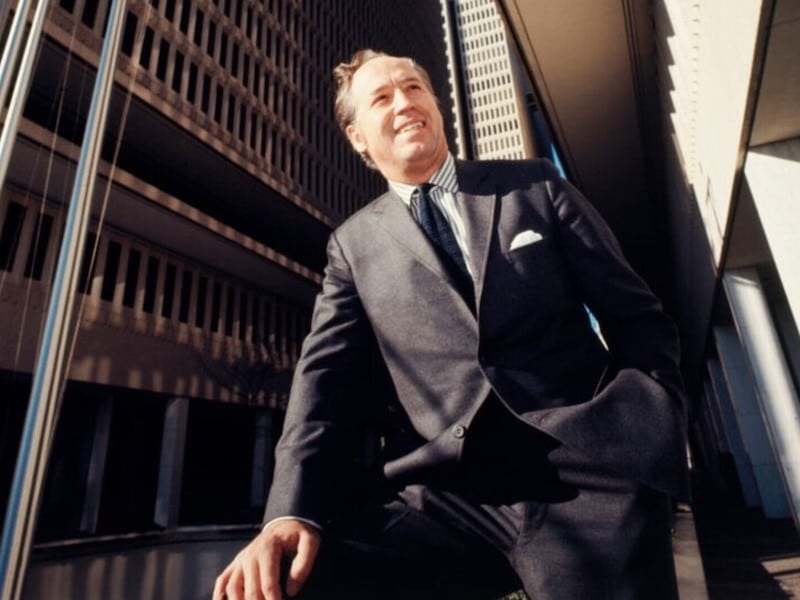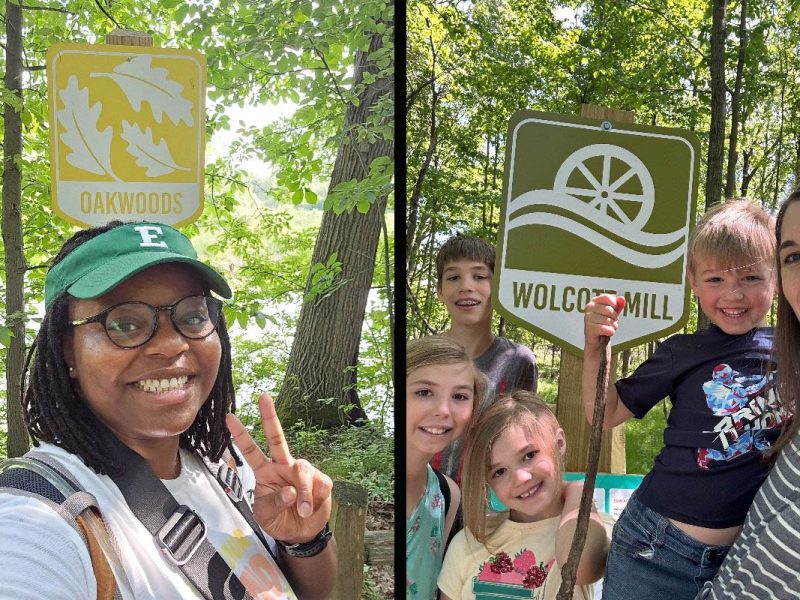5 things we learned from the Jefferson Chalmers Mainstreet Master Plan reveal
Several key things emerged during the community engagement process that helped inform the plan: improving retail, revitalizing the Vanity Ballroom, retaining longstanding businesses, bike lanes, pedestrian safety, infrastructure and utilities, green space, and corridor character and urban design.
After nearly a year of gathering insight and feedback from residents, “the real work begins” now that Jefferson East Inc. and East Jefferson Development Co.’s have revealed the Mainstreet Master Plan, which includes $600 million in development projects over the next several years.
Starting with community visioning workshops that started last year, Jefferson East Inc. and for-profit real estate developer East Jefferson Development Co. have engaged hundreds of residents in person and online to get feedback on the Mainstreet Master Plan, which encompasses 70 acres along Jefferson Avenue between Alter and Lenox, including the historic business district.
“The vision [for the development of the corridor] is ultimately the community’s vision,” Scott said.
Several key things emerged during the community engagement process that helped inform the plan, including: improving retail, revitalizing the Vanity Ballroom, retaining longstanding businesses, bike lanes, pedestrian safety, infrastructure and utilities, green space, and corridor character and urban design.
From the creation of an equity investor program to how residents really feel about bike lanes, here are the insights and takeaways from the reveal on July 30.
1) First input, then opportunity for equity
Now that the plan has been revealed, that doesn’t mean the process is over.
“This process is not a sort of singular exercise where we’ve gone through this master planning and now we’re done,” Scott said. “This is where the real work begins and where we have to start making sure that the community has an opportunity to help continue to inform the plan.”
Residents had the opportunity to help shape the vision and now they might have an opportunity to have a piece of the development pie through “Buy Back the Block” where instead of seeking outside investors first, equity will be offered to locals and community investors.
“As development happens there’s roughly $23, $24 million in equity that will be raised [during Phase 2 and 3] and of that we want to give opportunities to the community to have direct ownership in development projects that happen in their community,” Scott said, adding that oftentimes when outside investment comes into a community, the developers and investors benefit as money leaves the neighborhood. Oftentimes that money “does not get reinvested back in our neighborhood, but oftentimes leads to displacement of existing Detroiters,” he said.
Also part of next steps, community members can join focus groups spanning topics from public space to arts and culture to a youth group.
2) Improving retail, both new and longstanding, is a top priority
Recently, restaurants such as Coriander Kitchen and Farm, Norma G’s, and Yellow Light Coffee & Donuts have set up shop in the neighborhood, and residents are hungry for more retail. Not only is there a demand for more food options such as a grocery store, coffee shops, and sit-down and fast-casual options, but also a book store, an arcade, bike shop, and high-quality resale or consignments shop. At the same time, residents said longstanding businesses such as the Riverfront Building Supply Hardware store, which Scott noted provides supplies for neighborhood developments such as hard-to-find fixtures, should also be supported so they are not displaced.
“As development happens, [we want to ensure] there’s the ability to make sure that facade improvements, code improvements and things like that are prioritized for existing businesses, and make sure that those existing businesses that are renting are also not priced out of the market as we continue to see development happen in the corridor,” Scott said.
3) Residents want to preserve Jefferson Chalmers’ historic charm and character
There’s a strong desire to preserve the neighborhood’s unique charm and history, and to better leverage the community’s historic architecture and character to “make sure that when you come to Jefferson Chalmers it doesn’t just feel like anywhere USA, but it really does feel like a place where you know that it’s a unique, treasured district,” Scott said. That entails preserving historical buildings such as the Vanity Ballroom, a community gem that residents want to see restored and reimagined. The historic ballroom was most frequently mentioned as a priority site, and residents would like to see it transformed beyond a ballroom, from more entertainment uses to a health club. Development of the Vanity is a part of Phase 2, which includes two other priority development sites in addition to the Vanity (the Lakewood to Chalmers infill site and the Manistique and Jefferson infill site). Totaling $107 million in funding, Phase 2 projects are set to begin this year and continue until 2021.
Many residents expressed the desire of a community and recreation center, with amenities such as a walking track, senior center, and gym with a smoothie bar. To house this community space, the vacant school connected to the Faith Church building was often mentioned as a potential site.
Other ways to highlight the neighborhood’s character include the use of gateway signage, wayfinding, and historic markers, as well as tapping the talents of local artists to showcase the community’s creativity.
4) There’s a heavy importance on housing, especially affordable options
Housing is another key topic that emerged through the community conversations, with “a priority to redevelopment sites that will emphasize things like tiny home developments, affordable housing, and housing particularly for seniors,” Scott said. With a growing senior population in the neighborhood, residents expressed the need to help seniors age in place by providing affordable housing and amenities and services to support that.
As part of Phase 2 development projects, 185 new housing units will come online. Under Phase 3, which has a price tag of $129.8 million, 309 new housing units will become available. Phase 4, which will require $196.7 million in funding, will bring an estimated 578 new units. Finally, with Phase 5, which will require $198.8 million in funding for work that primarily will consist of new construction of residential and mixed use along the corridor, 466 new units are envisioned.
5) Bike lanes are a hot topic
During the community sessions, two views on bike lanes emerged. Many noted the benefits and advocated for more lanes, left-turn lanes and infrastructure improvements. On the other hand, residents expressed concern and called for better enforcement and education.
“There’s a lot of need to give detail to what happens with the future of the bike lanes, how they’re continued to be used. But more importantly, how education around the bike lanes and making sure that they that they’re safe, and not creating an unsafe environment in the corridor is continued to be promoted.”
For more information or to see the master plan, go to East Jefferson Development Co.’s website.









